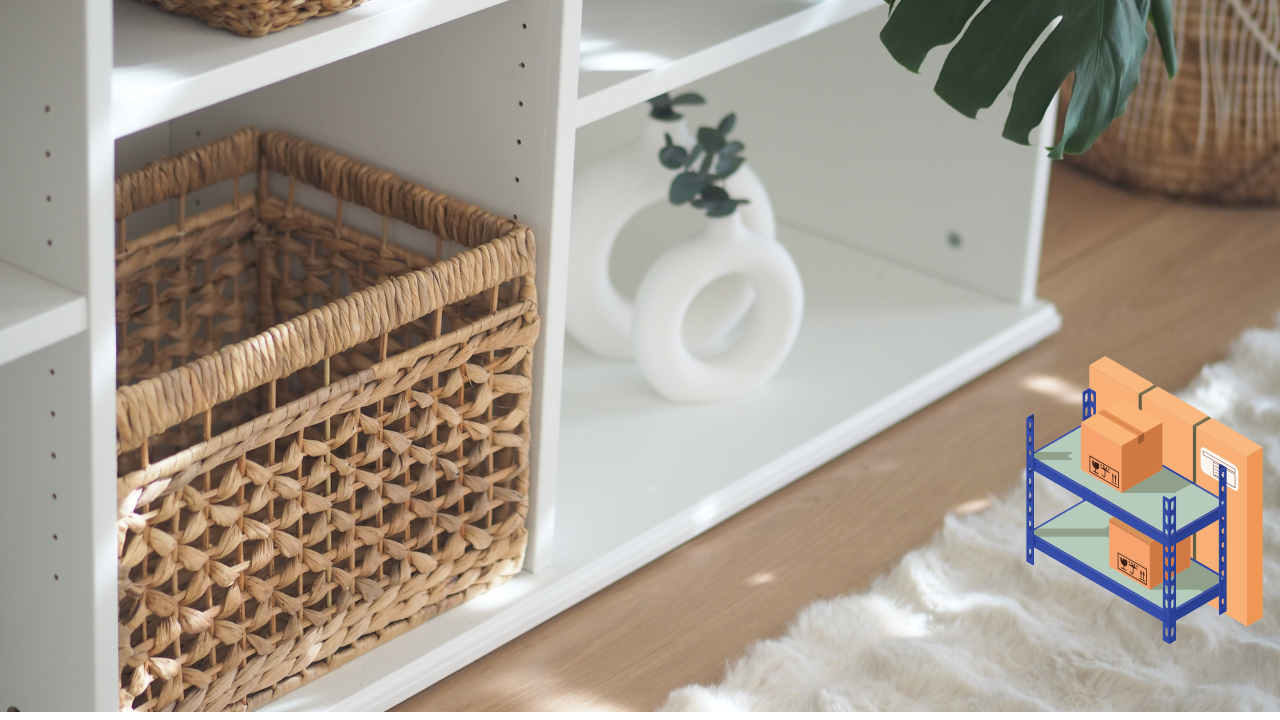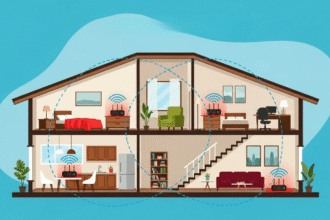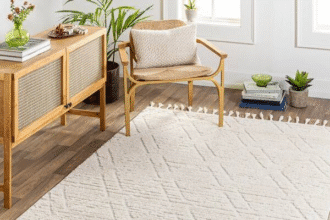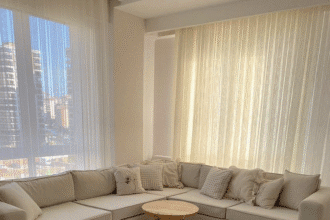If you’ve spent time in Dubai’s art circles, you’ve probably heard the name VachiStorage come up more than once. Tucked away in Al Quoz, somewhere between the galleries, frame shops, and coffee roasters, this place has quietly become a go-to for collectors who care about how their art lives when it’s not on display.
The desert doesn’t play nice with paintings or sculptures. It’s hot, dusty, and wildly inconsistent — 18°C indoors, 45°C outside, and the kind of humidity swings that make canvases groan. That’s where VachiStorage comes in. They keep the air at a steady 21 degrees and the humidity right around 50%, which might not sound like much, but for art, that’s the difference between “timeless” and “ruined.”
And honestly? You feel it the moment you walk in. The temperature hits you cool, still, filtered. No smell of dust. No hum of chaos. It’s almost like walking into a vault that breathes.
Dubai’s Art Scene and Why Storage Matters
Dubai’s art scene has exploded in the last decade. What used to be a small network of galleries around Alserkal Avenue has turned into something that resembles a miniature art world collectors, international fairs, installations the size of houses. There’s serious money here, but also real passion.
And with that growth comes a practical problem: where does all the art go when it’s not being shown? Not every gallery has climate-controlled space, and collectors often run out of room at home. Some artworks need total darkness, some need airflow, and others can’t stand to be near salt air.
Vachi Storage saw that gap early on and built facilities that behave less like warehouses and more like conservation labs.
The Climate Problem Nobody Talks About
Let’s be real: Dubai’s climate is brutal on art. You can’t hang a canvas in a villa with the AC off for a week it’ll warp. The heat expands materials; the humidity contracts them. Paper curls, wood cracks, and metals rust faster near the coast.
Here’s what they’re up against:
- Paper and photographs yellow or warp.
- Canvas loses its tension, leading to cracking paint.
- Wood frames twist ever so slightly until joints separate.
- Sculptures made of metal begin to sweat, then corrode.
VachiStorage’s solution is both simple and expensive control everything. Airflow, temperature, light, even the type of bulbs in their viewing rooms. They use museum-grade filtration to keep out the fine dust that rides in from the desert. For collectors seeking an extra level of preservation, there’s also a dedicated private art vault a climate-sealed space designed for high-value and delicate works that need museum-grade stability. It’s not fancy marketing; it’s necessary.
The Security Part (Because Art Theft Is Real)
The facility runs on layers cameras, sensors, access logs. You can’t even walk through the main gate without clearance. There’s biometric entry and constant recording, but the place doesn’t feel like a prison. It’s discreet. The staff won’t tell you who stores what (and they shouldn’t). Collectors like that. Privacy in the art world is currency.
There’s also an emphasis on physical safety: reinforced walls, gas-based fire suppression (water would ruin half the inventory), and a backup power system that kicks in instantly if the grid drops.
How They Store Different Kinds of Art
Paintings are kept upright in padded metal racks, each slot lined to prevent vibration. Sculptures get their own reinforced bases or crates, often custom-made. Works on paper live inside flat drawers built from acid-free materials. There’s even space for oversized installations the kind that don’t fit anywhere else in the city.
If something needs to be packed, they use archival crates. You’ll see technicians wearing gloves and measuring humidity before sealing a box. It’s a mix of science and ritual oddly satisfying to watch.
For Collectors, It’s Not Just Storage
One of the underrated perks is their private viewing rooms. These spaces are small, bright, and quiet, where collectors can invite potential buyers or appraisers. Some people just come to sit with their art, which sounds eccentric until you’ve spent years collecting pieces that rarely leave a wall.
They’ve also got a digital catalog system every piece is logged with photos, condition notes, and movement history. For international clients, this is gold; it means you can manage your collection remotely, check condition reports, or arrange shipping without endless calls.
The Human Element
There’s something very non-corporate about Vachi Storage. Maybe it’s the way the staff talks about art not as “assets” but as objects with stories. They’ll mention the pigments in a particular painting or the way humidity affects clay. Most of them come from museum or gallery backgrounds, not logistics. That shows in how they handle pieces: slow, steady, never rushed.
You get the sense they actually care. That might sound sentimental, but in a city obsessed with efficiency and newness, care is rare.
Who Actually Needs This Kind of Storage?
Serious collectors, obviously. But also galleries between shows, museums waiting for expansions, and even artists who need space during production. The market here moves quickly one week you’re preparing for Art Dubai, the next you’re shipping to Basel or Seoul. Having a facility that can safely store, pack, and ship pieces without missing a beat saves time and anxiety.
And then there’s insurance. Many insurers won’t even cover artworks in Dubai unless they’re kept in certified, climate-controlled spaces. That makes facilities like this less of a luxury and more of a requirement.
Choosing the Right Storage Partner
If you’re vetting a storage provider, skip the brochure talk and ask specific questions:
- What’s your temperature range?
- How often is humidity checked?
- What’s your fire suppression method?
- Who handles art movement and how are they trained?
Vachi Storage ticks those boxes, but it’s the small details backup systems, air filters, the silence inside their vaults that make the difference.
Final Thoughts
Dubai’s art scene is maturing fast, and behind every glossy exhibition there’s a quiet infrastructure keeping the whole system intact. VachiStorage is part of that hidden backbone. It’s not glamorous, and it doesn’t need to be. Its job is to protect and it does that job exceptionally well.
The city’s heat may melt tires and warp steel, but in one corner of Al Quoz, delicate canvases, photographs, and sculptures sleep safely behind climate-controlled doors, waiting for their next appearance under the gallery lights.





